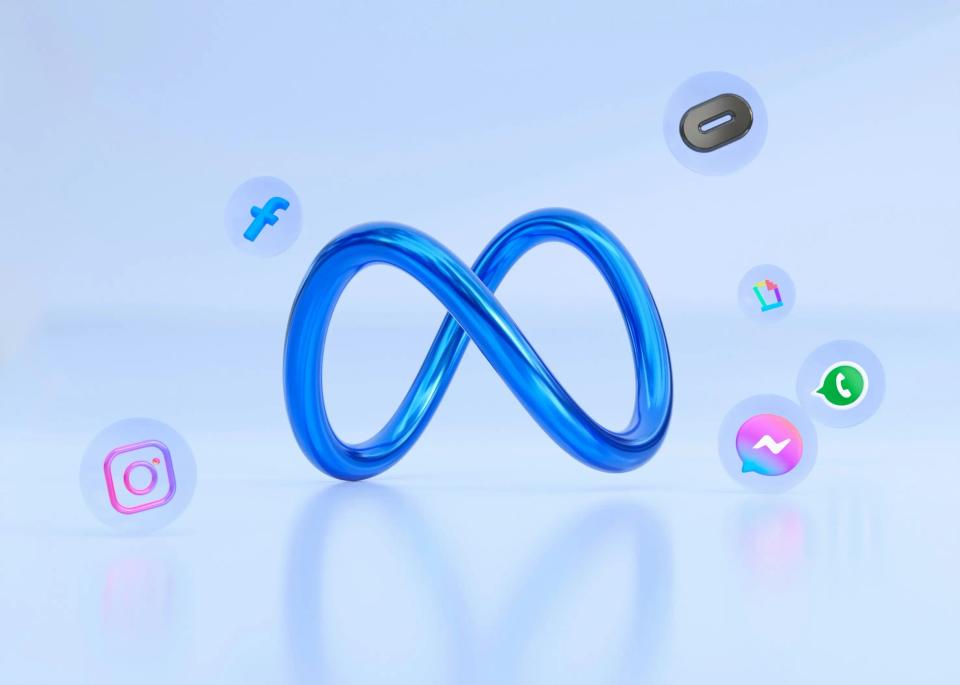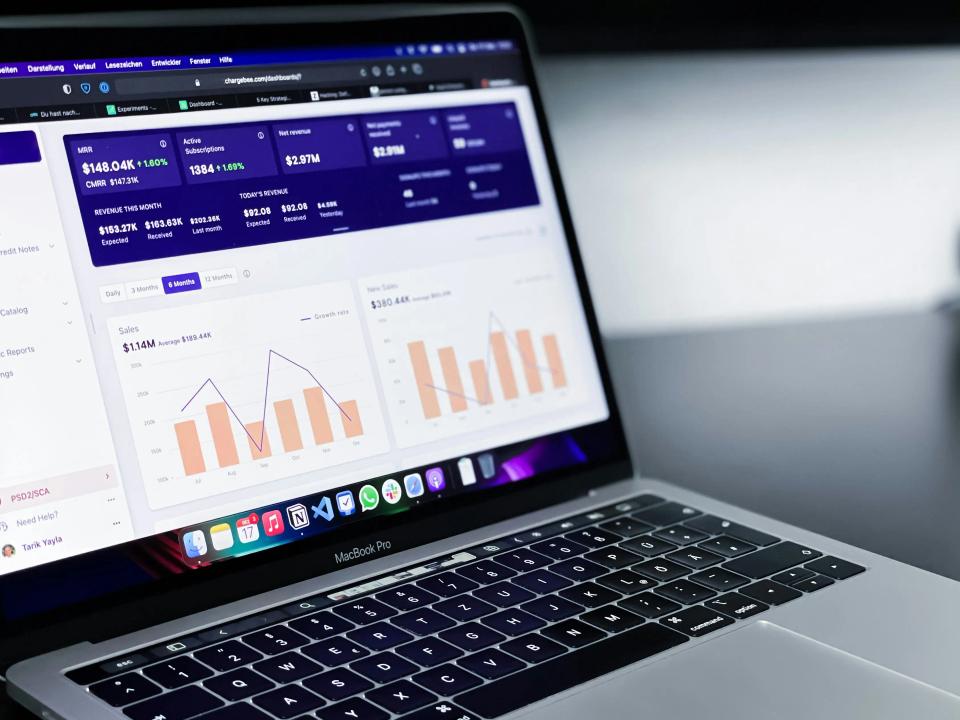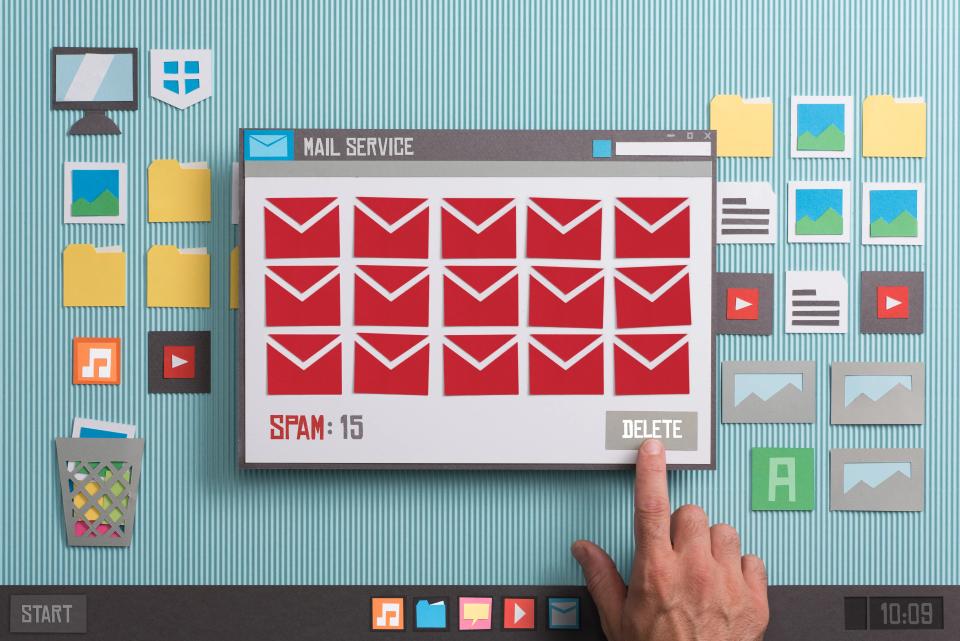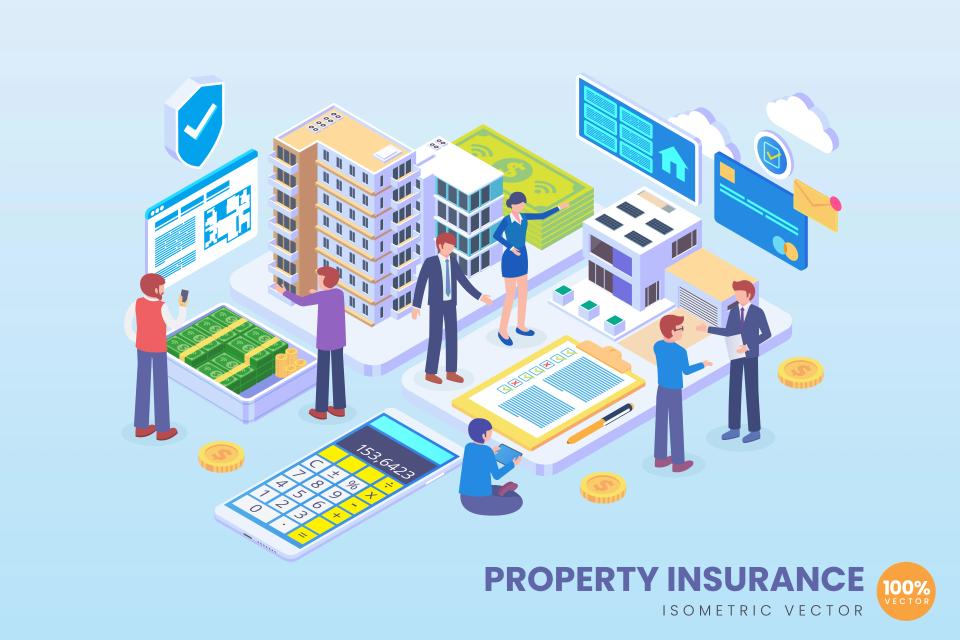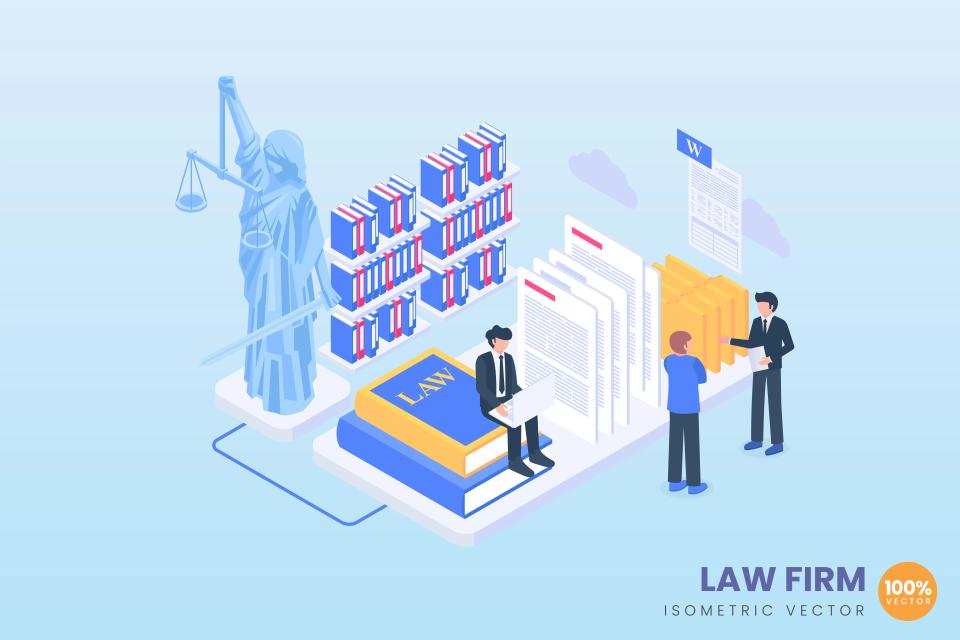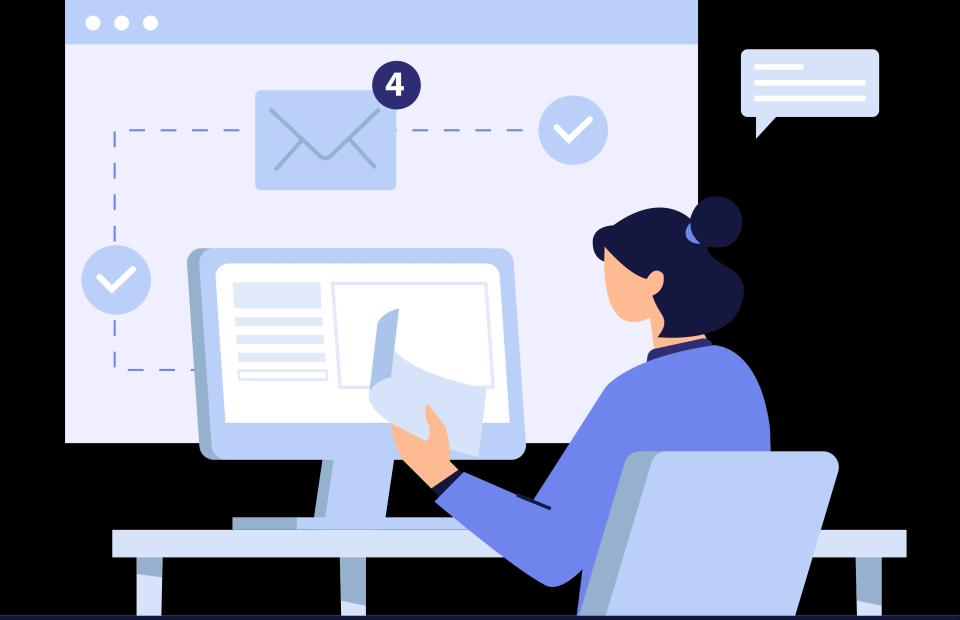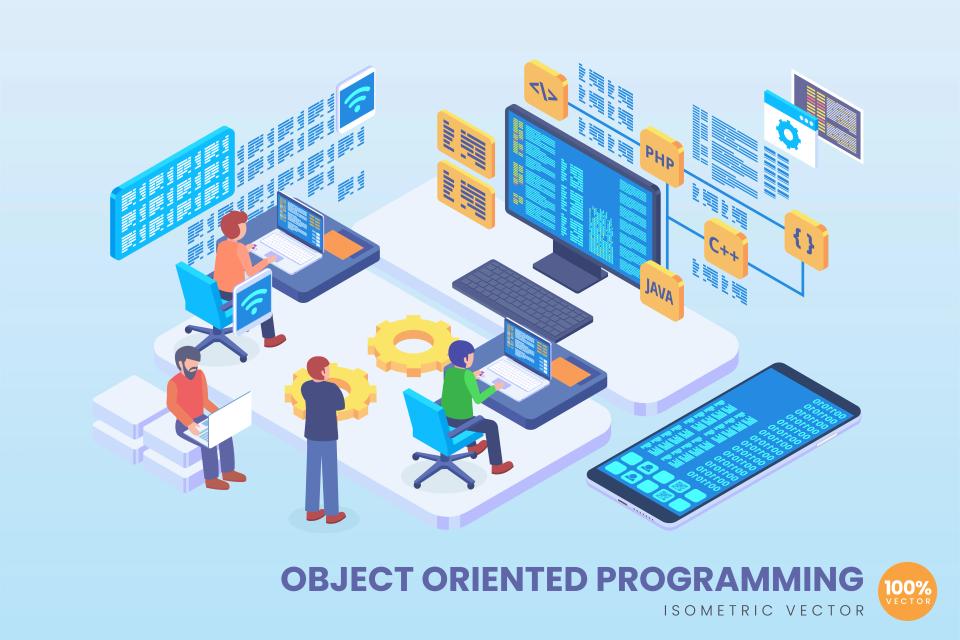That sinking feeling. You check your LinkedIn Ads dashboard, and the numbers just don't add up. The clicks are there, the impressions are climbing, but your pipeline feels… empty. Are your LinkedIn Ads a cost center instead of a revenue driver? You are not alone.
The raw potential is undeniable. With four out of five members driving business decisions, LinkedIn should be a goldmine for high-quality B2B leads. Yet, for so many, it becomes a furnace for burning cash. The problem isn't the platform; it's the absence of a ruthless, data-driven strategy that separates the winners from the wannabes.
This is not another guide to setting up a campaign. This is your framework for transforming ad spend into a strategic, predictable investment. We will move beyond the basics and show you how to target, test, and track your way to maximizing ROI with LinkedIn Ads for B2B lead generation, turning vague hopes into cold, hard revenue.
Before You Launch: Defining Your "R" in ROI
What's Your True Goal?
Let’s be brutally honest. Likes, shares, and even clicks don't pay the bills. These are vanity metrics, designed to make you feel busy, not profitable. True success is measured in business terms that echo in the boardroom.
Your focus must shift to metrics that matter: Cost per Lead (CPL), Cost per Marketing Qualified Lead (MQL), and the ultimate prize, contribution to the sales pipeline. According to industry analysis, even well-run campaigns see typical LinkedIn ad conversion rates of 2-5%, so every conversion must be tied to a real business objective. Without a clear financial goal, you are simply gambling with your marketing budget.
The Non-Negotiable: Installing and Verifying the LinkedIn Insight Tag
Imagine having a crystal ball that shows you exactly who visits your website and what they care about. That’s the LinkedIn Insight Tag. It is the non-negotiable bedrock of any serious advertising effort.
This small piece of code is the central nervous system for your entire data-driven ad strategy. It unlocks conversion tracking, powers website retargeting, and delivers rich demographic data about your visitors. As outlined in a comprehensive B2B SaaS LinkedIn Ads playbook, without the Insight Tag, you are flying blind, making decisions based on guesswork instead of evidence.
Beyond Job Titles: A Multi-Layered Approach to Audience Segmentation
Layer 1 - Core Demographics
Your journey into precision targeting begins with the basics. Job Title, Seniority, Industry, and Company Size are your foundational building blocks. They allow you to carve out a relevant segment from LinkedIn’s massive professional user base.
But stopping here is a rookie mistake. Using these filters in isolation often creates an audience that is far too broad, leading to wasted spend on irrelevant prospects. The key is to combine these attributes, creating a more refined and accurate picture of your ideal customer before you spend a single dollar.
Layer 2 - Matched Audiences
This is where you stop searching for gold and start mining it directly from your own backyard. Matched Audiences leverage your most valuable asset: your own data. This is the secret to creating campaigns with surgical precision.
Website Retargeting allows you to serve ads to users who have already visited key pages, like your pricing or case studies—they've already raised their hand. Even more powerfully, Contact and Account Targeting lets you upload lists from your CRM, enabling a true Account-Based Marketing (ABM) approach. This is how you ensure your message lands directly in front of your highest-value targets, a core tactic for driving targeted B2B leads effectively.
Layer 3 - Intelligent Expansion
Once you’ve identified what works, it’s time to clone your success. Lookalike Audiences are LinkedIn’s powerful tool for intelligent expansion. You give it a source audience—like your best customers or a list of high-quality leads—and it finds new prospects who share their key characteristics.
This isn't a shot in the dark; it's a data-driven method for scaling your reach without diluting quality. You are essentially telling the platform, "Find me more people just like these." This is a cornerstone tactic for achieving B2B lead generation at a scale that can truly move the needle on revenue.
The Creative & The Offer: A Framework for Relentless A/B Testing
Data-Informed Creative That Converts
Your ad creative is not just art; it's a high-stakes sales pitch that has less than three seconds to work. The format you choose must align directly with your campaign objective. A data-driven approach means selecting the right tool for the job.
Sponsored Content, like single images or videos, is perfect for capturing attention in the feed and building brand awareness. For generating leads with high-value content, Document Ads are a game-changer, allowing users to download a guide directly from the ad. As noted in a guide to LinkedIn Ads for B2B, aligning your ad format with your goal is the first step toward better performance.
The Anatomy of a Winning Ad
Every high-converting ad is built on a simple, powerful framework. It starts with a Hook—a headline that grabs your prospect by the collar by speaking directly to their deepest pain point. It’s supported by a Visual that stops the scroll and a Copy that delivers a clear, undeniable value proposition.
Finally, it’s sealed with a CTA (Call-to-Action) that is strong, specific, and leaves no room for ambiguity. The most successful B2B brands, as seen in collections of high-performing LinkedIn ad examples, consistently use number-driven value propositions and clear CTAs to drive action. This isn't about being clever; it's about being clear.
Your A/B Testing Roadmap
"Set it and forget it" is a recipe for failure. The path to maximizing ROI is paved with relentless testing. The golden rule is to test one variable at a time, so you know exactly what change drove the result.
Start with the highest-impact elements. Test one image against another. Pit a pain-point-focused headline against a benefit-driven one. See if "Download Now" outperforms "Get the Guide." By systematically testing your creative, headlines, and offers, you transform your campaign from a static billboard into a learning machine, constantly improving its own performance. For more inspiration on what to test, exploring 141+ best LinkedIn ad examples can provide a wealth of ideas.
Making Every Dollar Count with Smart Bidding Strategies
Bidding Strategies Explained
Your bidding strategy is the engine of your campaign, controlling how your budget is spent to achieve your goals. Using the right strategy is critical for LinkedIn ads optimization. There is no single "best" option; the right choice depends entirely on your objective.
Maximum Delivery (or Automated Bidding) is designed to get your ad in front of as many people as possible, making it ideal for awareness campaigns. Target Cost gives you more control, allowing you to tell LinkedIn the average cost per result you're willing to pay, which is perfect for predictable lead generation. For ultimate control, Manual Bidding lets seasoned experts set their own bids, but it requires active management.
Monitoring Performance Data in Real-Time
You cannot optimize what you do not monitor. Your LinkedIn Ads dashboard is a real-time feedback loop, telling you exactly what’s working and what’s failing. You must become obsessed with the metrics that signal health.
Pay close attention to your Click-Through Rate (CTR), as it indicates ad relevance. Watch your Conversion Rate to see if your offer is compelling. Most importantly, keep your eyes glued to your Cost Per Conversion, as this is the clearest indicator of your campaign's financial efficiency.
The 20% Rule
Active budget management is what separates amateurs from pros. A simple yet powerful tactic for this is the 20% Rule, a core principle from the TripleDart LinkedIn Ads Playbook. The rule is beautifully straightforward.
If a campaign is performing well and hitting your target CPL, increase its budget by 20% to scale your success. If a campaign is underperforming, decrease its budget by 20% to limit the damage while you diagnose the problem. This dynamic approach ensures you are constantly shifting your resources toward your winners and away from your losers.
From LinkedIn Metrics to Business Revenue
Connecting the Dots: Integrating LinkedIn Ads with Your CRM
Your job isn't done when a lead form is submitted. To understand true ROI, you must track that lead through its entire journey to becoming a customer. This is where many marketers fail, stopping their analysis at the LinkedIn platform.
Using UTM parameters and integrating LinkedIn with your CRM (like Salesforce or HubSpot) is essential. This connection allows you to see which specific campaigns, ads, and audiences are generating not just leads, but actual sales opportunities and closed-won deals. As experts in advanced attribution models for LinkedIn Ads explain, this is the only way to move beyond last-click attribution and understand the real impact of your advertising.
The Ultimate Formula: Calculating Your LinkedIn Advertising ROI
After all the targeting, testing, and tracking, it all comes down to one simple question: did we make money? The formula for calculating your true LinkedIn advertising ROI is your ultimate source of truth. It cuts through the noise and tells you exactly how profitable your efforts are.
The formula is:
((Sales Revenue from Ads - Ad Spend) / Ad Spend) x 100 = ROI %This number tells you, for every dollar you invested, how many dollars you got back. This is the metric your CEO cares about. It is the final verdict on your campaign's success.
Identify Your Winners and Scale Intelligently
With a clear view of your ROI, the path forward becomes obvious. You now have the data to make intelligent, decisive actions. You can confidently double down on the audiences, creatives, and offers that are driving actual business results.
This is the endgame of a data-driven strategy. You stop guessing and start building a predictable growth engine. You can now apply these same ROI-focused principles to other channels, such as optimizing Google Ads for IT consulting firms, to create a comprehensive, multi-channel acquisition machine.
Your Path to Predictable B2B Growth
Let's cut to the chase. Maximizing your ROI on LinkedIn isn't about a secret hack or a magic button. It's about a disciplined system built on four pillars.
First, you must have a strategy and define clear, data-backed goals before you spend a dime. Second, you must target precisely, using layered audiences and your own first-party data. Third, you must test relentlessly, continuously optimizing your creative and offers. Finally, you must measure what matters, tracking leads all the way to revenue to understand your true ROI.
This is the path from unpredictable spending to predictable B2B growth. It's about implementing a system of continuous improvement that turns your LinkedIn Ads account into a powerful, revenue-generating asset.
Ready to Implement a Data-Driven LinkedIn Ads Strategy?
Turning ad data into revenue requires expertise and constant optimization. The team at CaptivateClick specializes in building and managing high-ROI SEM campaigns for B2B clients worldwide.




